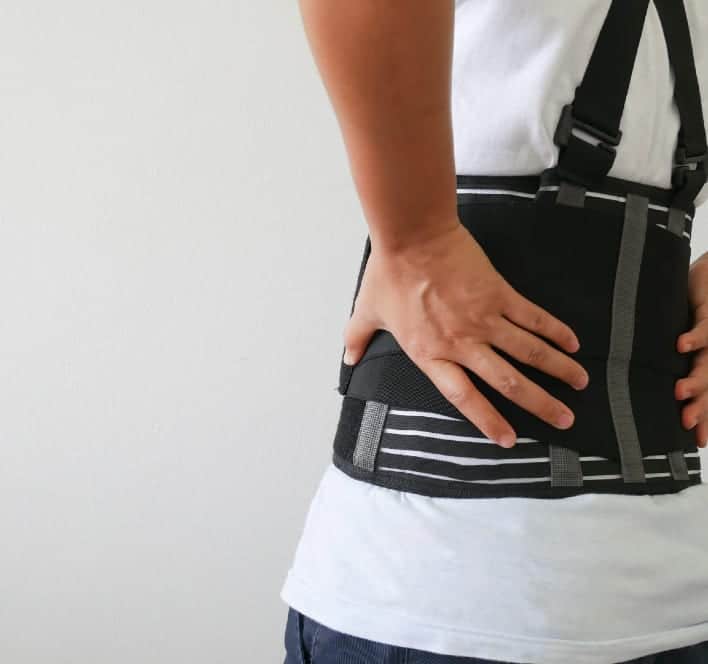At NJ Spine and Orthopedic, your back health is our top priority. We strive to care for our patients even after surgery to ensure their procedure was productive and provides relief for years to come. Following certain spinal surgeries, one of the most important things to do is to wear a back brace as instructed by your doctor. The brace will help with the healing, mobility, and overall health of your back.
A Back Brace Helps with the Healing Process
Laser spine surgery is a minimally invasive procedure that uses a laser to break up the tissue on the spine through a small incision. When it comes to healing from this procedure, the spine has the ability to heal itself over time, as does any body part. However, wearing a brace will help with:
- Stabilization of the spine
- Reducing motion in the spine
- Improving posture
- Decreasing pain
- Speeding up your recovery
A benefit to wearing a brace is that it will help with your healing process and create pain relief simultaneously. Wearing your brace will be a part of your pain relief treatment and enhance your recovery.
Types of Back Braces You Might Need
Before your surgery, you will be fitted for the brace that will both provide the best fit for your body and the most support based on the location of your treatment. Here are the most common types of braces that you might see:
- Soft Lumbar Corset Brace: Usually made from a soft or stretchy material, this brace will help with lower back pain and may be assigned if surgery is lower back focused.
- Thoracic-Lumbar-Sacral Orthosis Brace: The most common type of brace following a spinal surgery has a hard exterior and typically velcros securely around your stomach. This brace also has comfort padding to ensure comfort during wear.
- Cervical Collar Brace: This type of brace comes in both hard and soft materials. It provides relief by stabilizing the neck, which is connected to the spine.
When to Wear Your Back Brace
It is recommended to wear your back brace when you are up and moving around. While you are sitting or lying down, you don’t need your brace because you are resting your body. However, if it is more comfortable you can sit and lay down with it as well.
Following your surgery, your doctor will go over the specific times and occasions you should be wearing your brace in more detail. Be sure to follow your doctor’s instructions to ensure an easy healing process.
When in Doubt, Ask Our Experienced Surgeons at NJ Spine and Orthopedic
We are dedicated to providing surgeries that eliminate pain, discomfort, and dysfunction in the back and neck. We take pride in being there for our patients before, during, and after their procedures. If you have questions about a brace or any other component of spinal surgery, call us at (866) 272-9271 or reach out to us online to schedule your free consultation!

